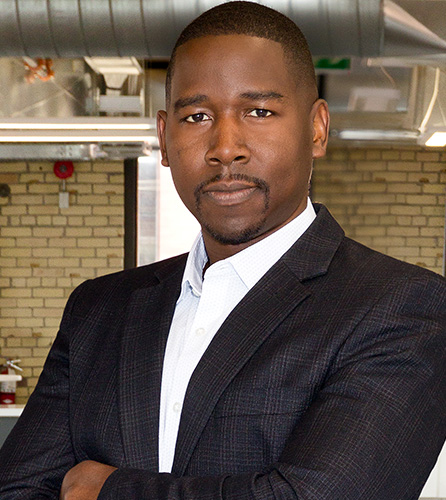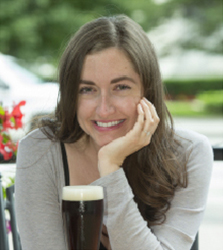CALORIES
How Many Calories are there in a 12 ounce bottle of beer?
Beverage
Regular beer (5% alcohol by volume) Light beer (4% alcohol by volume)Non-alcoholic beer (<0.5% alcohol by
volume)
Quantity
1 bottle (341 mL, 12 oz.)
1 bottle (341 mL, 12 oz.)
1 can (350 g)
Calories
147
99
129
While 100-150 calories per 12 ounce beer may sound moderate, remember to factor in how much you consume compared to the serving sizes listed. A larger 500 mL can or pint (16 ounces) of beer will have more calories, as would a beer with a higher percentage of alcohol by volume.
Does wine have fewer calories than beer?
Beverage
Regular beer (5% alcohol by volume) Red table wine (11.5% alcohol by volume)White table wine (11.5% alcohol by
volume)
Quantity
1 bottle (341 mL, 12 oz.)
5 oz. (150 mL)
5 oz. (150 mL)
Calories
147
127
123
Source: Health Canada. Canadian Nutrient File, 2016 version. These serving sizes are considered “a drink” according to Canada’s Low-Risk Alcohol Drinking Guidelines.
Are liquid calories from beverages like beer more "fattening"?
There is nothing about beer itself that makes the calories more “fattening” than other beverages you might choose.
Find out more:
With no chewing required, it can be easy to consume beverages (and calories) quickly. The result can be that you take in more calories and alcohol than you realize. And yes, this applies equally to beer, wine, cocktails, spirits, soda, juice and other sweetened drinks. However, there is nothing special about the calories in beer that makes them more “fattening”.
Bottom line: too many calories from any source can make you gain weight.
Can beer be an option in a healthy lifestyle?
Healthy adults can enjoy beer as part of a healthy lifestyle when they drink responsibly by staying within the limits set by Canada’s Low Risk Alcohol Drinking Guidelines.
Find out more:
It takes some planning to make room in your calorie budget for extra calories like beer while still getting the good nutrition adults need to stay healthy. In addition to staying within the limits set by the Guidelines1, here are some tips:
- Cook mostly at home using food closest to its natural or least processed state.
- If you choose to drink at a social function, alternate alcoholic and non-alcoholic drinks.
- Build a healthy plate with ½ vegetables and/or fruit, ¼ lean protein and ¼ whole grain.
- Limit how much and how often you eat “empty” calorie foods and beverages like alcohol, chips, candy, cookies, sweetened drinks and cakes.
- If you choose to drink beer and want help planning a healthy diet a registered dietitian can help.






















